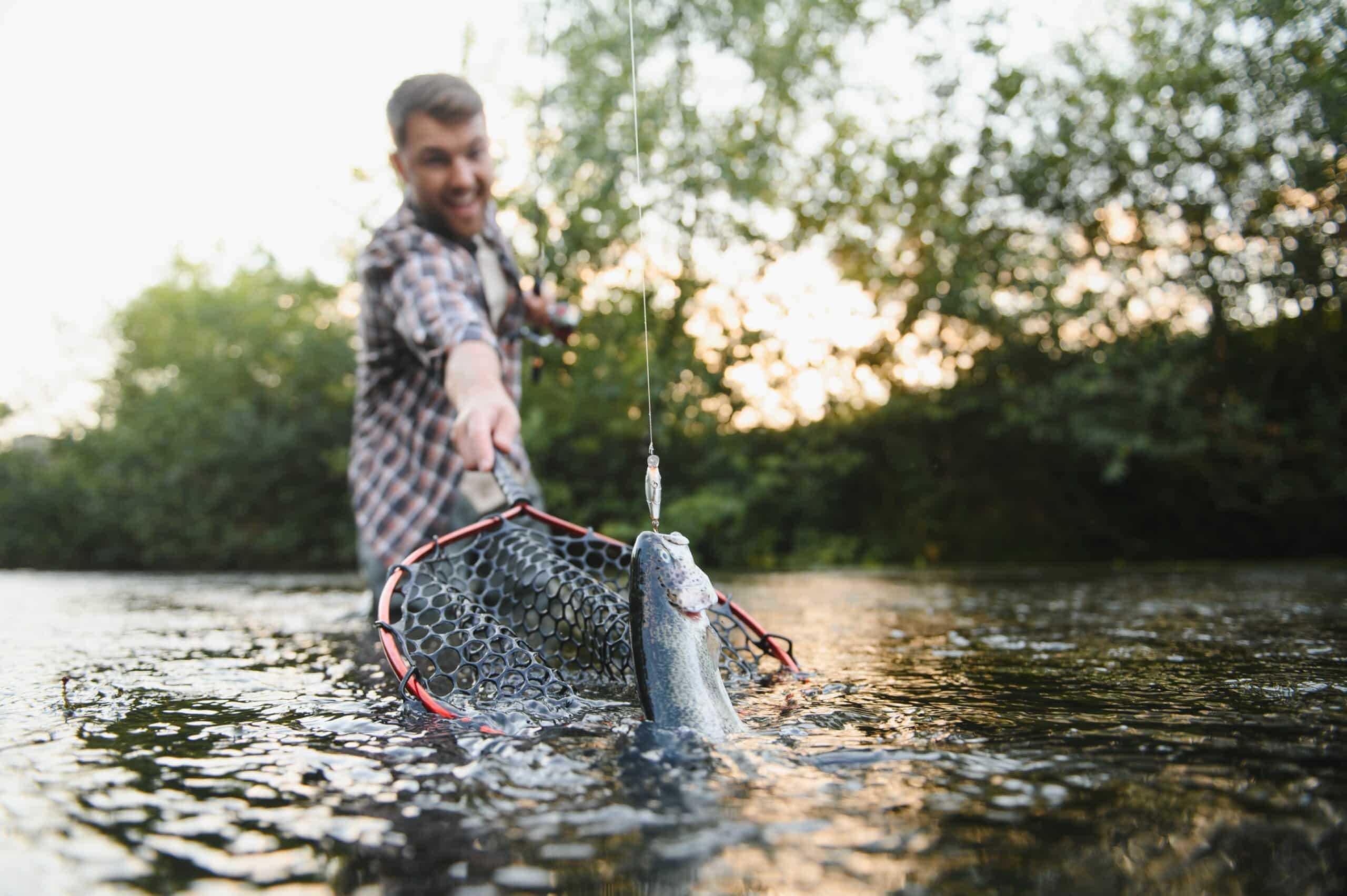Does catch and release hurt fish?
Key Takeaways
- Catch and release fishing can have observable effects on the physiology of fish, specifically related to stress response genes.
- When practiced properly, catch and release fishing helps maintain the balance of aquatic ecosystems, ensures the sustainability of fisheries, and allows fish populations to thrive.
- Following catch and release best practices, such as using barbless hooks, minimizing handling time, and releasing fish in suitable habitats, can minimize harm to fish and increase their chances of survival post-release.
Many anglers practice catch and release fishing as a way to enjoy their sport while also contributing to the conservation of fish populations. However, there is often a debate surrounding the effects of catch and release on the well-being of fish. In this article, we will explore the available information and scientific studies to determine whether catch and release fishing truly hurts fish or if it can be done in a manner that minimizes harm.
The Effects of Catch and Release on Fish
According to a study mentioned in a publication from PubMed, catch and release angling can have observable effects on the physiology of fish. The study specifically focused on lake trout and found that the mRNA abundances related to stress in the gills of the fish changed after catch and release angling. The relative mRNA abundance of heat shock protein 70 (hsp70) significantly increased over 5-fold, indicating a potential activation of a cytoprotective response.
While this study suggests that catch and release fishing may induce stress in fish, it is important to note that the observed changes were related to stress response genes and not to genes associated with metabolism or acid-base regulation. Therefore, within the 48-hour period studied, there were no significant changes in the relative mRNA abundance of these genes.
The Benefits of Proper Catch and Release Techniques
The effects of catch and release fishing on fish populations can vary depending on several factors, including species, fishing techniques, environmental conditions, and handling practices. When catch and release is practiced properly, it can have positive effects on fish populations.
A publication from Ice Fishing Guru highlights that catch and release fishing helps maintain the balance of aquatic ecosystems and ensures the sustainability of fisheries. By releasing fish back into the water, anglers allow them to grow, reproduce, and contribute to the overall health and stability of the population. Survival rates post-release can be relatively high, especially for cold-water species like trout and salmon.
However, it is crucial for anglers to be aware of the specific survival rates for the fish species they target and adjust their practices accordingly to minimize risks to local fish populations. Factors such as hook type, landing techniques, and the use of appropriate fishing gear can increase the chances of a successful release and the fish’s survival.
Catch and Release Best Practices
NOAA Fisheries provides guidelines on catch and release best practices to promote the well-being of fish populations. These guidelines include:
- Using barbless hooks or hooks with crimped barbs to facilitate easier hook removal.
- Minimizing handling time and keeping the fish in the water as much as possible.
- Avoiding landing fish on dry surfaces or excessively rough surfaces that can damage their protective slime coating.
- Using appropriate gear and tackle to reduce fight times and exhaustion for the fish.
- Releasing fish in areas with suitable habitat and away from potential sources of predation.
By following these best practices, anglers can increase the chances of a successful release and minimize any potential harm to the fish.
Conclusion
In conclusion, catch and release fishing can have both positive and negative effects on fish populations. While studies show that catch and release angling can induce stress responses in fish, it is important to note that the observed changes are related to stress response genes and not to genes associated with metabolism or acid-base regulation.
When practiced properly, catch and release fishing can help maintain the balance of aquatic ecosystems, contribute to the sustainability of fisheries, and allow fish populations to thrive. By following catch and release best practices, anglers can minimize harm to fish and increase their chances of survival post-release.
Related Websites:
FAQs:
Q: What is catch and release?
Catch and release is a fishing practice where anglers catch fish with the intention of releasing them back into the water. The primary purpose of catch and release is to conserve fish populations and protect the ecosystem.
Q: Does catch and release hurt fish?
While catch and release does cause some stress to fish, when done correctly, it does not cause significant harm. By following best practices and using proper techniques, anglers can minimize injury and increase the chances of survival for released fish.
Q: What are the common concerns regarding catch and release?
Common concerns regarding catch and release include potential stress and injuries to the fish during hooking and fighting, as well as post-release mortality. However, research has shown that these concerns can be addressed by adopting responsible angling practices.
Q: What does research say about the impact of catch and release?
Scientific studies have examined fish stress and injuries, finding that while fish do experience physiological stress responses, the overall impact can be minimized. Studies on post-release survival rates have identified factors influencing survival, such as angling techniques and fish species, and strategies to increase survival, such as proper handling and equipment use.
Q: What are the best practices for catch and release?
To ensure the well-being of released fish, it is important to follow proper handling techniques, such as correctly removing the hook and minimizing contact and time out of water. Using suitable fishing equipment, including appropriate hook sizes and types, and gear that reduces injury risk is also crucial. Additionally, choosing suitable fishing locations and conditions, considering factors like water temperature and oxygen levels, and avoiding areas with high fishing pressure, can further enhance the chances of fish survival.






